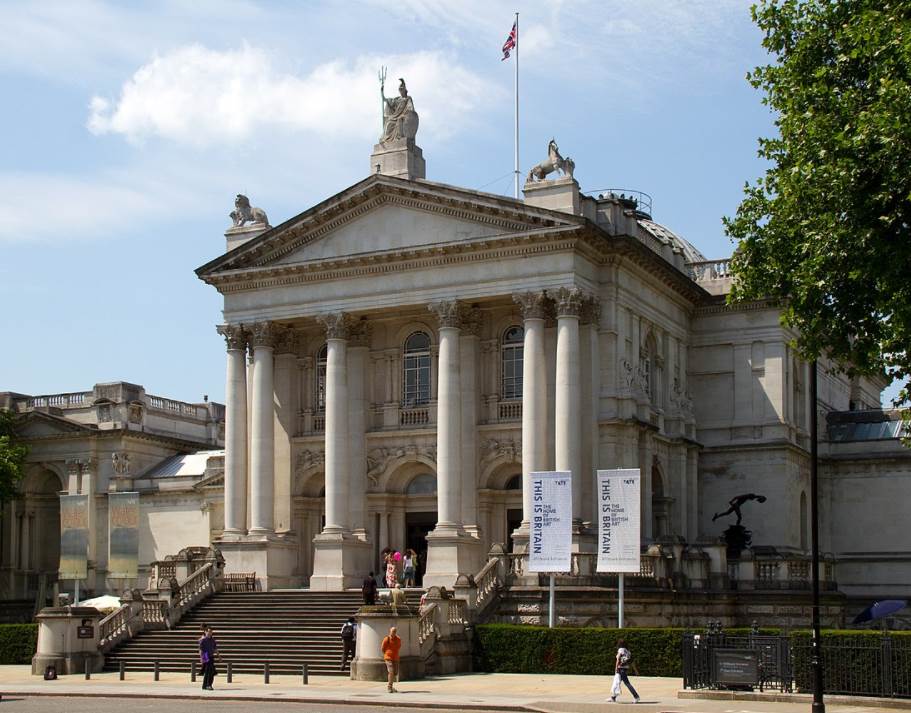Every famous artist had a breakthrough at some point in his or her career. In the case of Romantic artist Joseph Mallord William Turner (1775-1851), better known as J.M.W. Turner of William Turner, this happened when he was in his early twenties.
Let’s take a closer look at some of the most interesting facts about Fishermen at Sea, a painting by Turner that set the tone for the extensive career of the prolific English artist.
1. It was painted in the late 1790s
J.M.W. Turner was a child prodigy who was initially interested in architecture at a young age. He entered the Royal Academy in 1789 at the age of 14 and was advised to pursue his extreme talent in drawing and painting.
He was accepted at the Royal Academy just a year later by the first president of the academy, famous portrait painter Sir Joshua Reynolds (1723-1792). He initially produced watercolors at the academy.
He painted Fishermen at Sea 6 years after he enrolled at the Royal Academy as it was completed in 1796. The artist was just 21 years old at the time and at the beginning of a career that would last 5 and a half decades more.
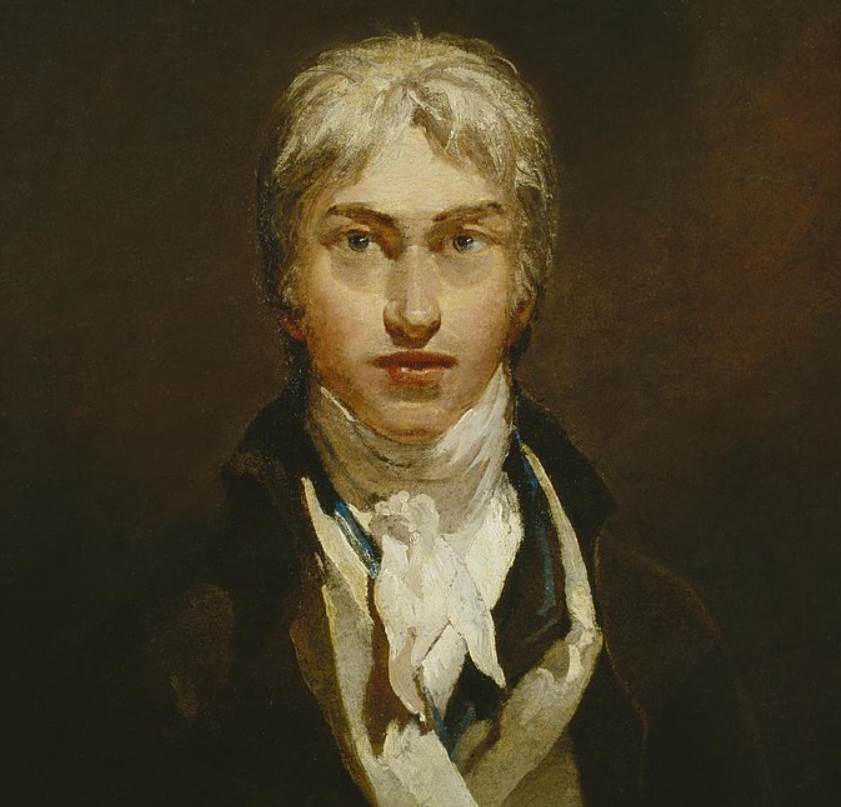
2. It was his first oil painting that was exhibited at the Royal Academy
What’s remarkable about Fishermen at Sea is that it was the first oil painting by William Turner that was accepted to be exhibited at the Royal Academy. This marked the start of the incredible career of the artist.
This doesn’t mean that none of his works were displayed at the Royal Academy before, though, because a watercolor named “A View of the Archbishop’s Palace, Lambeth,” was already displayed at the Summer Exhibition of 1790, the year Turner entered the prestigious art institution.
This painting marked the start of a career in which Turner left behind a legacy of 550 oil paintings, 2,000 watercolors, and 30,000 drawings on paper.
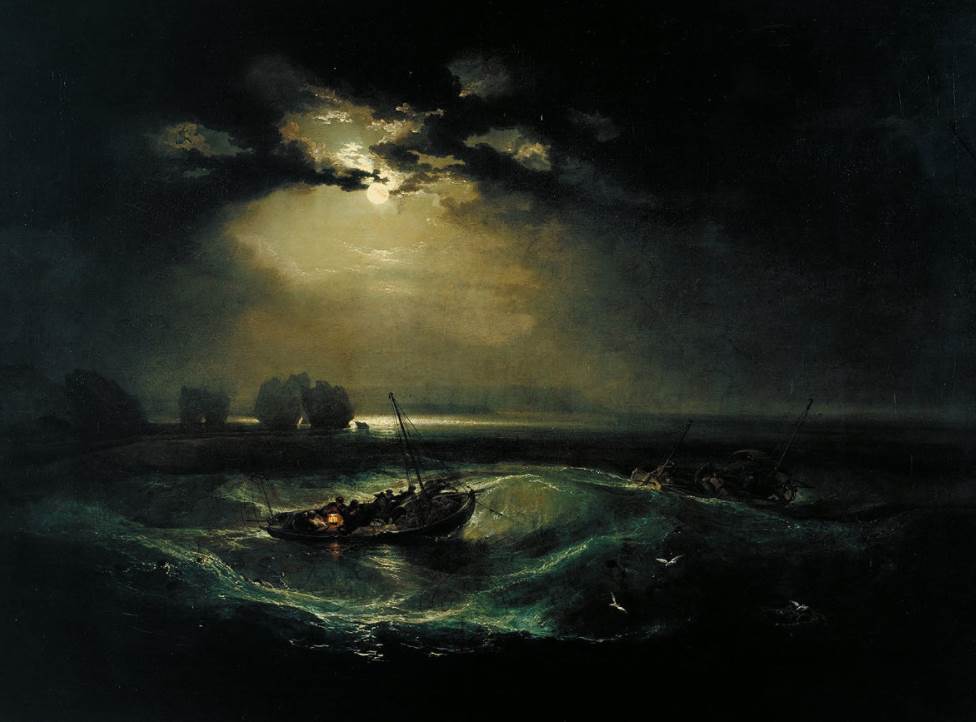
3. It depicts fishermen near a chalk formation of the Isle of Wight
The painting is a moonlit view of a scene that depicts a wild sea and fishermen trying to control their small boats. The cold moon is in sheer contrast to the warm glow of the gaslamp inside the boat, something that can be seen as a metaphor for the power of nature and the fragility of the men.
The rock formation in the background is called “The Needles.” These are 3 stacks of chalk that are located at the utmost western point of the Isle of Wight in the English Channel, just southeast of Bournemouth and southwest of Portsmouth.
Today, the furthest chalk stack is dominated by the Needles Lighthouse, a structure that wasn’t present yet in the late 18th century as it was only constructed in 1859.
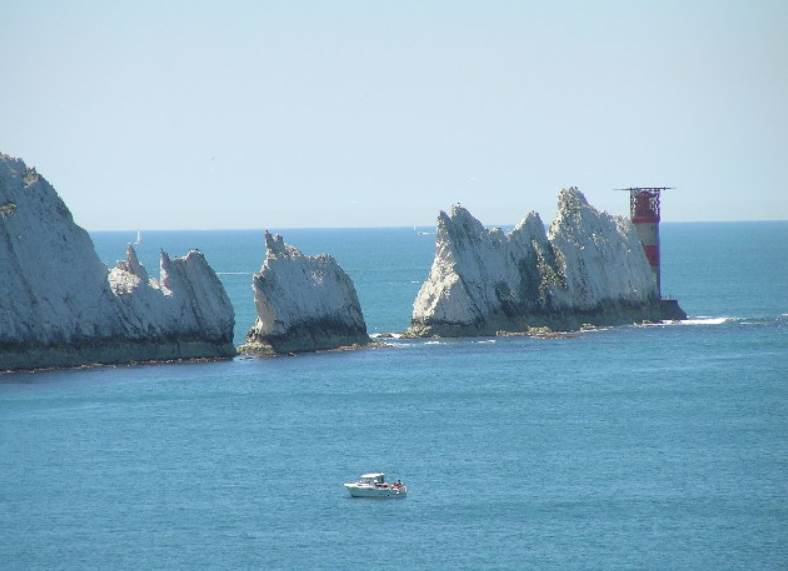
4. The painting was inspired by other famous marine artists
William Turner produced this nocturnal marine painting after being able to admire the works of some of his colleagues of the 18th century. The style in which it was painted is reminiscent of that of famous French artist Claude-Joseph Vernet (1714-1789).
His biggest influence on this work was Joseph Wright of Derby (1734-1797), a renowned English landscape painter best known for his use of tenebrism, a contrast between light and dark to produce amazing light effects.
5. The work was instantly praised and launched Turner as a master artist
Although Turner was interested in architecture and depicted a lot of architectural elements during the early years of his career, this painting instantly established his reputation as a renowned maritime painter.
Fishermen at Sea has been described by modern art historian Andrew Wilton as “a summary of all that had been said about the sea by the artists of the 18th century.”
Some of the most famous paintings in the oeuvre of William Turner were eventually marine paintings produced many decades later, including for example “The Slave Ship” (1840) and “Snow Storm: Steam-Boat off a Harbour’s Mouth” (1842).
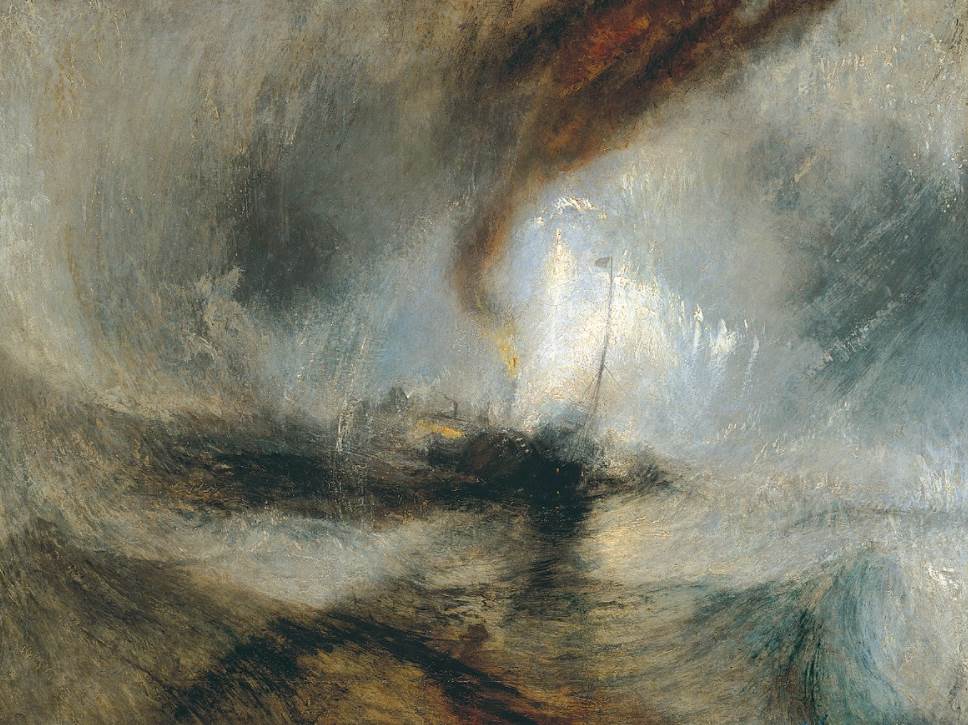
6. It wasn’t the only time that Turner painted the Needles
The first oil painting that was exhibited at the Royal Academy must have had a special place for William Turner. This is emphasized by the fact that he created another work called “Moonlight at Sea” (The Needles) in 1818.
Turner worked on a project to promote landscape painting between 1806 and 1819. He called this work “Liber Studiorum” (Book of Studies), a reference to the famous Liber Veritatis (Book of Truth) by Claude Lorrain (1600-1682), a French Baroque artist who spent most of his life in Italy.
Liber Studiorum eventually featured 71 prints of which Turner made the etchings, and Moonlight at Sea was specifically included to promote Marine paintings. It has dimensions of 20.9 x 27.6 centimeters (8.22 x 10.86 inches) and is part of the collection of the Tate Museum in London.
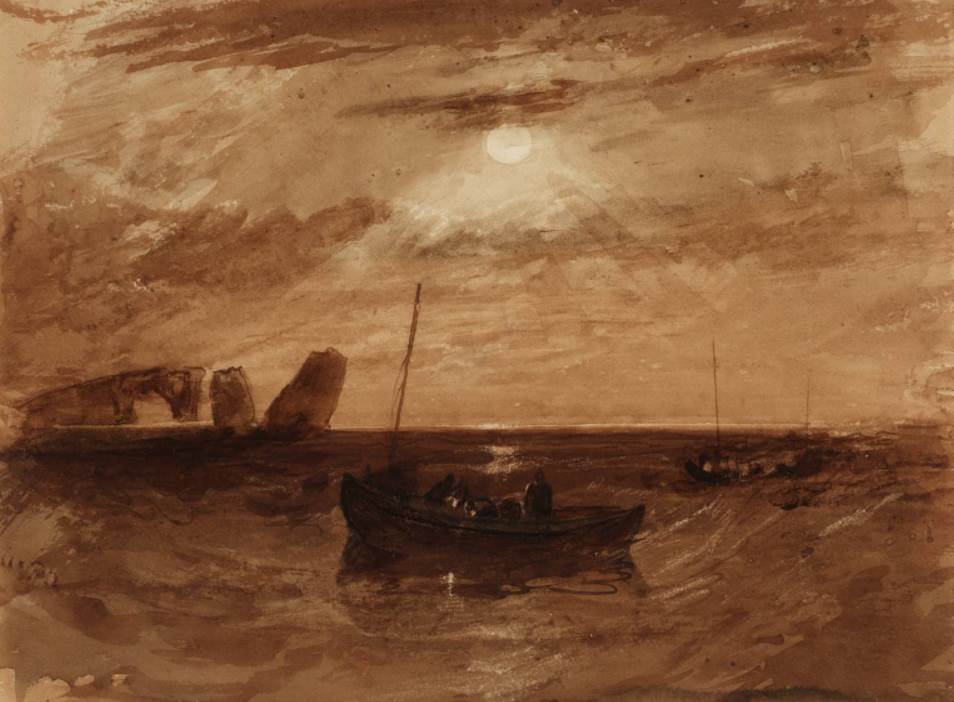
7. How big is Fishermen at Sea by J.M.W. Turner?
While the print featuring the Needles off the western tip of the Isle of Wight is relatively small, Fishermen at Sea is much bigger.
Fishermen at Sea has dimensions of 91.44 × 122.24 centimeters (36 x 48.125 inches), standard size of oil painting produced by J.M.W. Turner.
8. Where is the painting located today?
The history of the painting is relatively complicated and unclear at some points. Here’s an overview of what happened to Fishermen at Sea throughout its history and how it ended up in its current location:
- The painting was sold for £10 to a man named “General Steward” according to Turner’s first biographer Walter Thornbury.
- It was bought by English art collector Sir Henry Charles Englefield in 1822.
- It was sold at an auction at Christie’s in 1823 as “View of the Needles, with the effect of Moon and Fire Light to Francis Cholmeley.
- It was known as the Cholmeley Sea Piece for 150 years and was in the possession of Francis William Alfred Fairfax-Cholmeley in 1972.
- It was sold to the Tate Gallery by Fairfax-Cholmeley in 1972 and has been part of its collection ever since.
